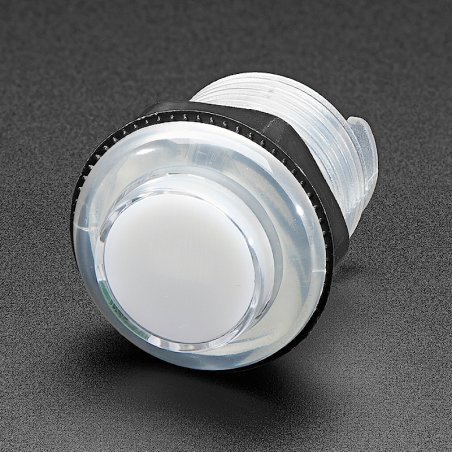
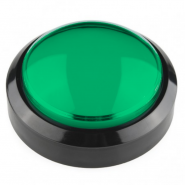
Big Dome Push Button - Green
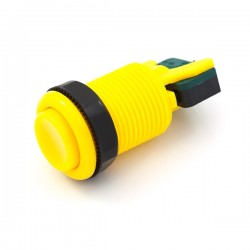
Concave Button - Yellow
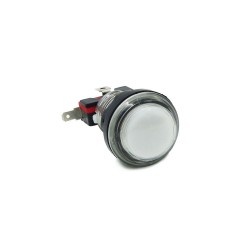
33mm Small Round Arcade Push Button...
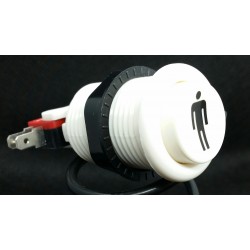





A button is a button, and a switch is a switch, but these translucent arcade buttons are in a class of their own. Particularly because they have LEDs built right in! That's right, you'll be button-mashing amidst a wash of beautiful light with these lil' guys. They're the same size as common miniature arcade controls, and require a 30mm diameter hole for mounting. Thus they are sometimes referred to as 30mm diameter.
If you have any questions on this product please feel free to contact us.
*Disclaimer: The images are merely illustrative.
The buttons screw in place, so you can use with up to ~20mm thick material, and will cover up if the hole if it isn't perfectly round and clean. The action is smooth, without a strong click, yet you can definitely feel when the button is pressed. A tiny micro-switch is pre-installed, with gold plated contacts.
Even unlit, they look fantastic: all of the colors have a crystal translucent glossy look. As noted they have two surface mount LEDs with resistors built-in, buried in the button body. Next to the switch contacts are two additional contacts for powering/controlling the LEDs. The two LEDs are connected in parallel with a 200ohm resistor, so you can power the LED from a microcontroller pin or direct from 5V (say USB) with 10mA draw. You can go down to 3.3V power, only 2mA per button, but they'll be dimmer.
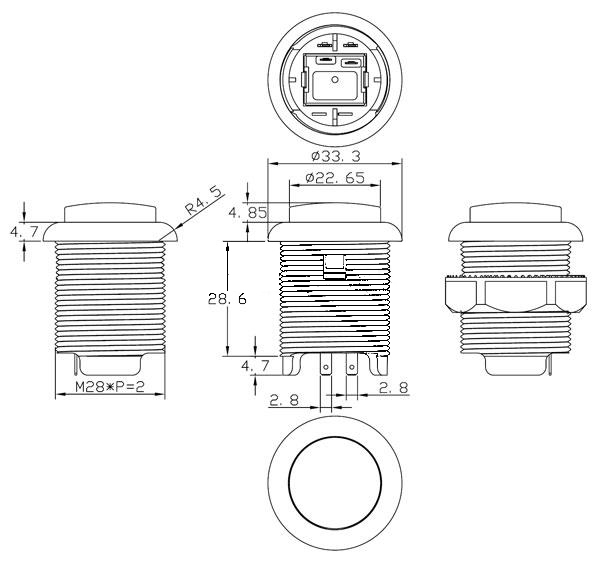
Related products




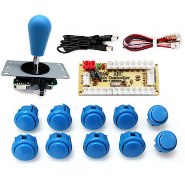

A button is a button, and a switch is a switch, but these translucent arcade buttons are in a class of their own. Particularly because they have LEDs built right in! That's right, you'll be button-mashing amidst a wash of beautiful light with these lil' guys. They're the same size as common miniature arcade controls, and require a 30mm diameter hole for mounting. Thus they are sometimes referred to as 30mm diameter.

